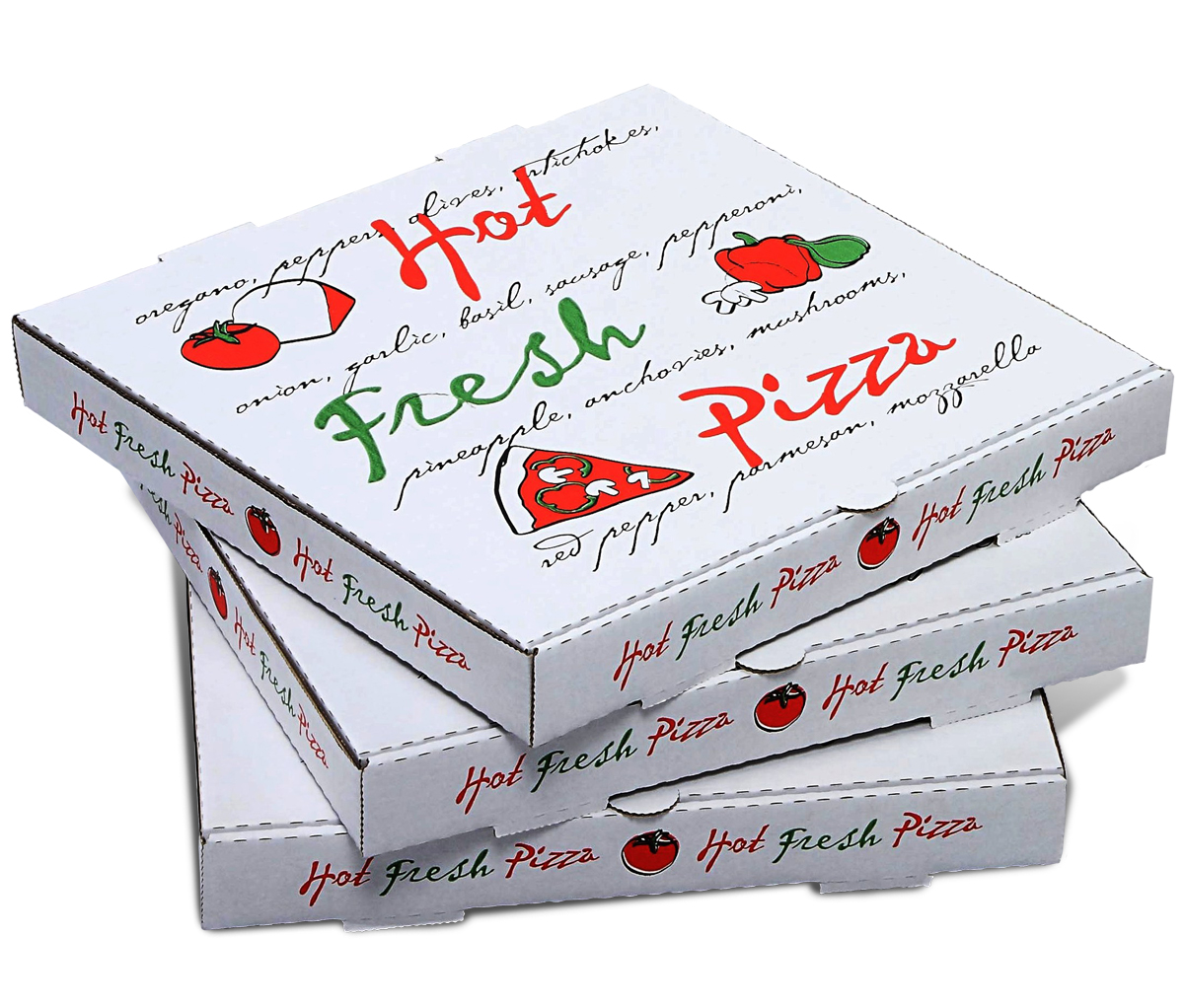In the world of food delivery, few items are as iconic as the pizza box. This humble container has become synonymous with comfort food, late-night cravings, and family gatherings. But beyond its role as a mere vessel for delicious slices, the pizza box has a fascinating history and a significant impact on both the culinary and environmental landscapes. Understanding the pizza box's journey reveals much about our eating habits and the food industry as a whole.
The pizza box, often made from cardboard, serves multiple purposes: it keeps the pizza warm, protects it during transport, and provides a convenient way to serve and store leftovers. However, it is more than just a practical item; it also reflects the values of the pizzeria it comes from. From the branding on the exterior to the design of the box itself, each pizza box tells a story about the establishment and its commitment to quality and customer satisfaction.
As we delve deeper into the world of pizza boxes, we will explore their origins, innovations, environmental impact, and even their cultural significance. This article aims to unpack the many layers of the pizza box, illustrating why it is much more than just a container for our favorite cheesy dish.
What is the History of the Pizza Box?
The pizza box has a rich history that dates back to the early 1900s when pizza began to gain popularity in the United States. Originally, pizzas were often delivered in simple containers like wooden crates or metal tins. However, as demand grew, pizzeria owners sought more efficient and practical solutions. The introduction of the cardboard pizza box in the 1960s revolutionized the industry, providing a lightweight, stackable, and disposable option that quickly became the standard.
How Has the Pizza Box Evolved Over Time?
Over the years, the design and functionality of the pizza box have undergone several transformations. Early designs were often plain and unmarked, but today’s pizza boxes feature vibrant graphics, branding elements, and even clever designs that enhance the pizza-eating experience. Innovations, such as vents to prevent steam buildup and special inserts to keep the pizza from sticking to the lid, have made the pizza box even more user-friendly.
What Are the Key Features of a Good Pizza Box?
When it comes to selecting the right pizza box, several key features should be considered:
- Insulation: A good pizza box should retain heat to keep the pizza warm during transport.
- Ventilation: Proper ventilation prevents moisture buildup, ensuring the crust stays crispy.
- Material Quality: High-quality cardboard is essential for strength and durability.
- Design: A visually appealing design can enhance brand recognition and customer experience.
What is the Environmental Impact of Pizza Boxes?
As the demand for pizza continues to rise, so does the question of sustainability. Traditional pizza boxes are often made from cardboard, which is recyclable. However, many consumers are unaware of how to properly dispose of them when they are stained with grease or cheese. This has led to increased discussions about the environmental implications of single-use pizza boxes and the need for more eco-friendly alternatives.
Can Pizza Boxes Be Recycled?
Recycling pizza boxes is a nuanced topic. Many recycling facilities do accept pizza boxes, but the presence of grease and food residues can complicate the process. Here are some tips for recycling pizza boxes effectively:
- Remove any leftover pizza or food before recycling.
- Check local recycling guidelines for specific instructions.
- Consider composting the box if it is heavily soiled.
Are There Sustainable Alternatives to Traditional Pizza Boxes?
In response to environmental concerns, several companies are exploring sustainable alternatives to traditional pizza boxes. Some options include:
- Compostable boxes: Made from plant-based materials, these boxes break down naturally.
- Recyclable options: Boxes made from 100% recyclable materials that are designed to minimize contamination.
- Reusable containers: Some restaurants are experimenting with containers that can be returned and reused.
How Does the Pizza Box Influence Consumer Experience?
The pizza box plays a crucial role in shaping the consumer experience. From the moment a customer orders their pizza to the moment they open the box, every aspect of the packaging contributes to their perception of the product and the brand. A well-designed box can evoke excitement and anticipation, while a poorly made one can lead to disappointment.
What Are Some Creative Uses for Pizza Boxes?
Beyond their primary purpose, pizza boxes have found a place in various creative endeavors. Here are some inventive uses for old pizza boxes:
- Arts and Crafts: The cardboard can be used for various DIY projects.
- Storage: They can provide a handy storage solution for small items.
- Games: Some people use them to create homemade board games.
How Do Pizza Boxes Reflect Cultural Trends?
In recent years, pizza boxes have become a canvas for cultural expression. Many pizzerias have started to use their boxes to convey messages, showcase local artists, or promote social causes. This trend not only enhances the customer experience but also strengthens community ties and encourages conversations around important topics.
In conclusion, the pizza box is much more than just a container for one of our favorite foods. Its history, evolution, environmental impact, and cultural significance all contribute to its status as an essential item in the culinary world. Whether you’re enjoying a slice at home, ordering for a party, or engaging in creative projects with used boxes, the pizza box remains a vital part of our shared dining experience.




